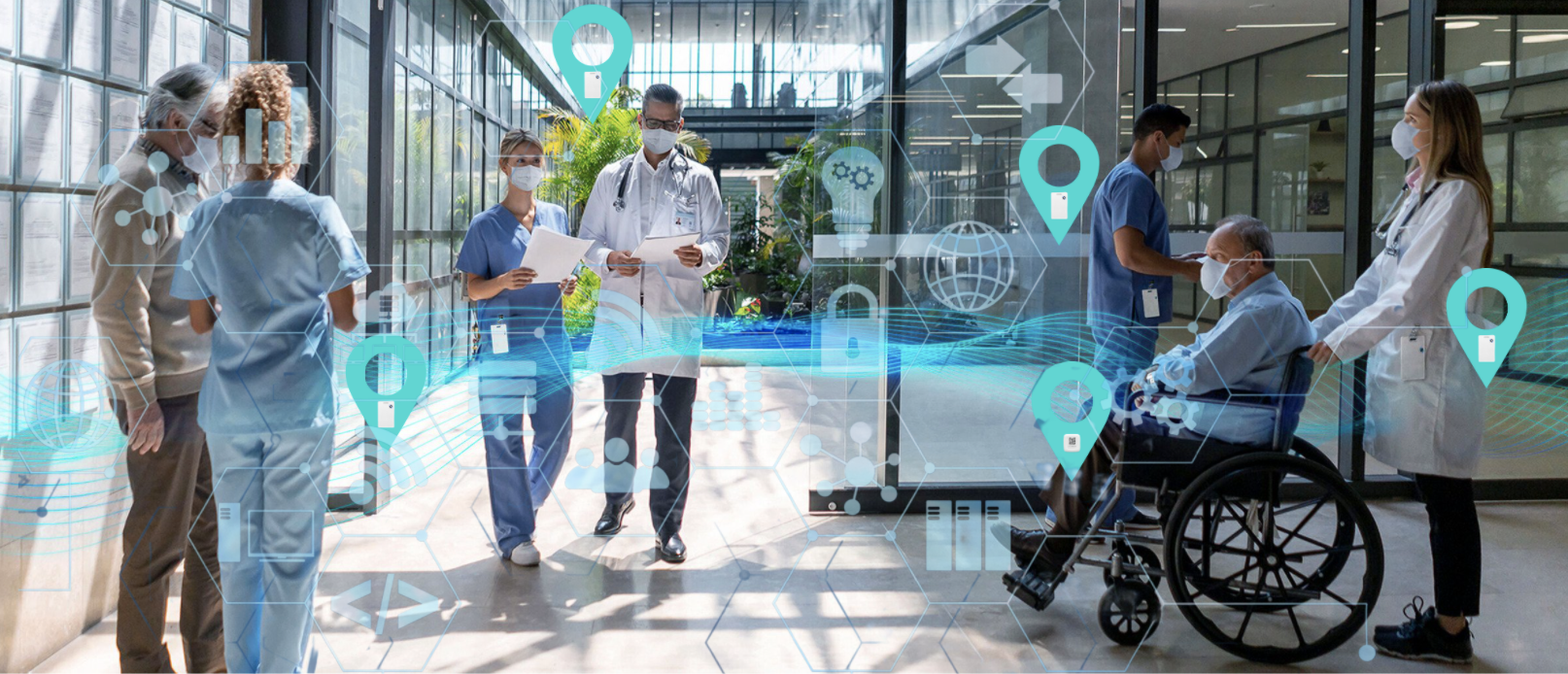The healthcare industry is poised for technological innovation, with the Internet of Things (IoT) and Real-Time Location Systems (RTLS) converging to create unprecedented opportunities for operational excellence, patient care, and clinical efficiency. No longer confined to simple tracking, these technologies are transforming hospitals into intelligent, interconnected ecosystems that can anticipate needs, optimize resources, and deliver more personalized patient experiences, with actionable intelligence.
The Evolving Landscape of Healthcare Connectivity
The convergence of RTLS and IoT represents a fundamental shift in how healthcare organizations approach technology infrastructure. This integration goes far beyond tracking assets or monitoring environmental conditions—it creates a comprehensive, intelligent network that enables real-time decision-making –
IoT and RTLS: A Synergistic Ecosystem
| Technology Component | Primary Function | Healthcare Applications | Integration Capabilities |
|---|---|---|---|
| RTLS Tracking | Location and Movement Monitoring | Asset tracking, Staff localization, Patient flow management | Provides spatial and movement context for other IoT systems |
| Environmental Sensors | Environmental Condition Monitoring | Temperature, humidity, air quality tracking | Correlates environmental data with location and asset information |
| Medical Device Connectivity | Performance and Usage Monitoring | Equipment status, maintenance predictions, usage tracking | Integrates device performance with location and operational data |
| Wearable Technologies | Patient and Staff Monitoring | Vital sign tracking, Fall detection, Staff safety | Combines biometric data with location-based insights |
| Network Infrastructure | Communication and Data Integration | Real-time data transmission, System interoperability | Enables seamless communication between different IoT components |
Key Integration Domains
Smart Asset Management
The convergence of RTLS and IoT transforms asset management from a reactive to a predictive model. By combining location tracking with sensor data, healthcare organizations can:
- Monitor equipment environmental conditions during transport and storage
- Track maintenance history and predict potential failures
- Optimize equipment utilization across multiple departments
- Automate inventory management and PAR level adjustments
- Ensure critical equipment is always clean, charged, and ready for use
Enhanced Patient Experience
IoT and RTLS integration creates new possibilities for patient-centered care:
- Personalized wayfinding systems that guide patients through complex hospital environments
- Real-time patient tracking that reduces wait times and improves communication
- Fall risk detection through combined location and biometric monitoring
- Automated patient flow management that reduces congestion and improves throughput
- Contextual communication systems that connect patients with appropriate care teams
Infection Control and Safety
The combined technologies provide unprecedented capabilities for maintaining safe healthcare environments:
- Automated hand hygiene compliance monitoring
- Contact tracing during infectious disease outbreaks
- Environmental condition tracking to prevent contamination
- Staff safety in high risk areas
- Automated exposure risk assessment
Conclusion
The convergence of RTLS and IoT represents more than a technological upgrade—it’s a fundamental reimagining of healthcare delivery. Organizations that successfully navigate this transformation will create more efficient, safer, and patient-centered healthcare environments. By breaking down technological limitation and creating intelligent, interconnected systems, healthcare providers can unlock unprecedented levels of operational excellence and clinical innovation.
The connected hospital is no longer a future concept—it’s an emerging reality, powered by the seamless integration of RTLS and IoT technologies.

